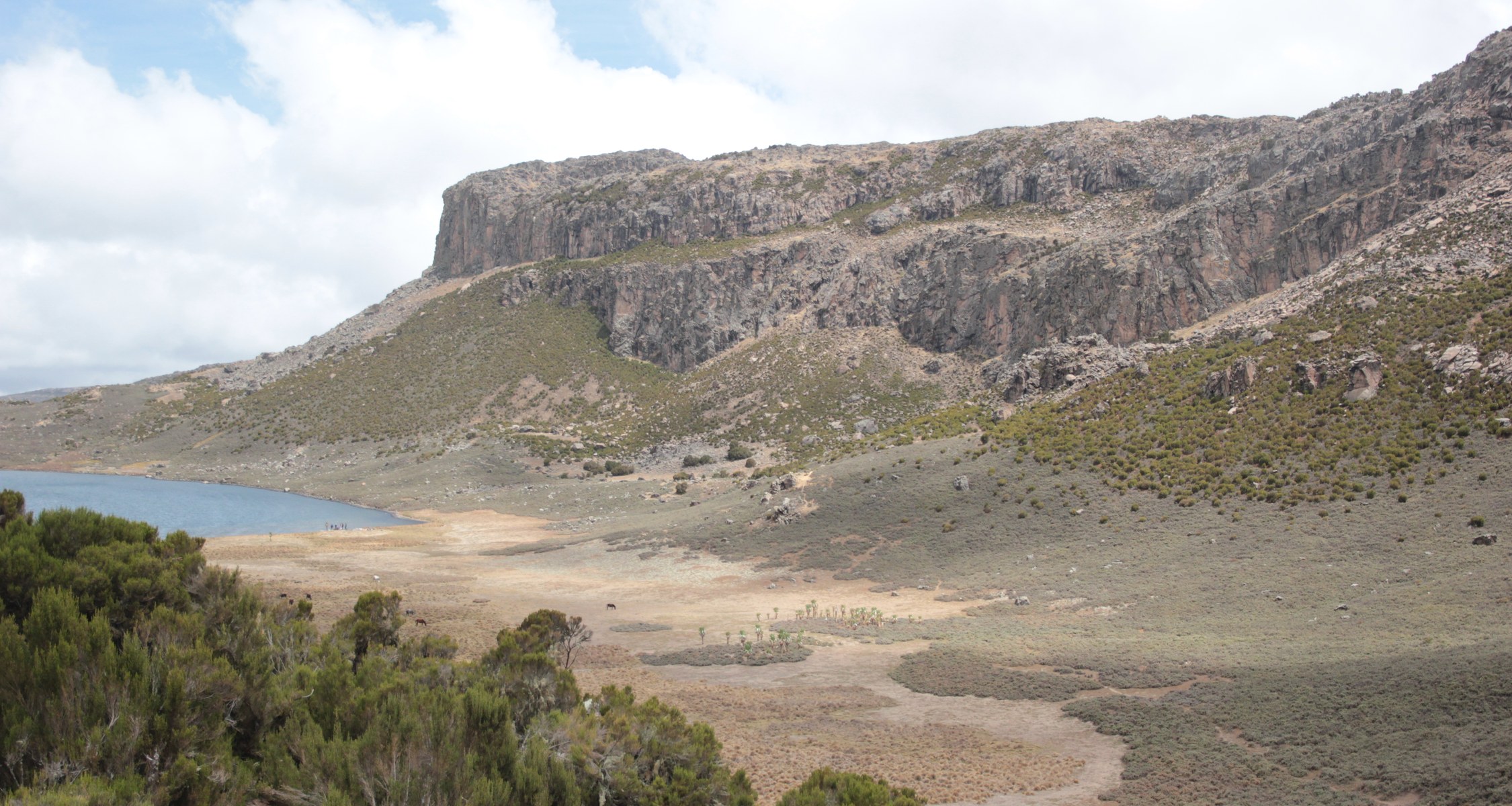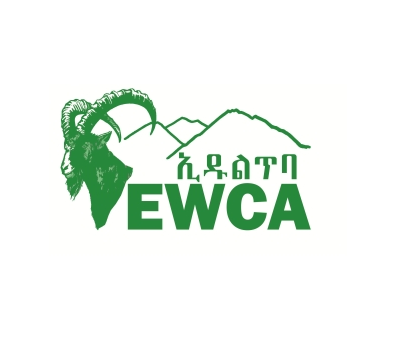Main Content
Study Area

Why we chose the Bale Mountains and the as study area?
- It is the largest alpine ecosystem in Africa with a uniquely high number of endemic animals and plants,
- It is under nature protection due to its perception as little and lately changed by humans, and
- It is the high-altitude ecosystem closest to the earliest records of stone tool using humans (3.3 Ma) and earliest use of fire in the landscape level (1.9 Ma).

The study region is located in the south –eastern Ethiopian highlands on the eastern side of the African Rift Valley (6 ° 40 ' - 7 ° 10' N and 39 ° 30 ' - 40 ° E), 9 hours by car south of the Ethiopian capital Addis Ababa. The Bale Mountains are the largest alpine ecosystem in the African mountain archipelago. Its highest peak is Tullu Deemtu (4385 m). The study area is part of the Bale Mountains National Park under the administration of the Ethiopian Wildlife Cooperation Agency.
The Bale Mountains are an endemism hotspot in Ethiopia, with its most important landscape engineer (Giant Molerat) and the endemic plants on its mounds. Two endemic monotypic frogs in the Erica forests at 3200 m, testify for uninterrupted humidity even in times of arid lowlands.
Up to date unknown were hundreds of new species of endemic soil living beetles, an important human-independent paleo climate proxy. High endemism stands for ecological stability in evolutionary time scales: an alpine resort to escape from hostile environmental changes in the lowlands – for those driven by climate changes. The mountain slopes are enshrouded with moss covered forests. The highland (“Sanetti Plateau”) has strong humidity gradients, between a wet northern rim and a dry southern rim.


Figure 1 (left): Erica bush landscape at the Bale Mountains
Figure 2 (right): Lobelia on Sanetti Plateau
The study area has two main ecosystems:
- The afroalpine ecosystem with approx. 830 km². It is enclosed by the Ericaceous Belt, the common subalpine transition of East African Mountains. It stretches over 1200 m in elevation (3000 – 4200 m). The taxonomic status of the dominant Erica trimera needs to be revised. It flowers abundantly in young stages and poorly in old undisturbed stages. Seeds are tiny and should be easily wind-dispersed.
- Erica-Outposts of the Ericaceous belt are found nearly everywhere in the afroalpine belt. They are mostly but not exclusively bound to rocks and boulders, often as dwarf shrubs, less accessible as trees up to 4100 m. Isolated outposts of Erica shrubs are found up to 4260 m:which is a contradiction – important for our investigation of the naturalness of the afroalpine ecosystem. As „alpine“ is determined through the absence of trees, the naturalness of Africa´s largest alpine ecosystem is questioned.
The mountains are year-round used as pasture (see Figure 4).870 permanent settlements and 313 rock shelters have been mapped. The pastures are fire-managed (Fire in 2015). The Ericaceous Belt is fire-driven, currently by human ignited fire. Plants adapted to fire (“pyrophytes”) are not known to this area. We do not see the effects of fire-adaptation in evolutionary time scales, But Erica resprouts after fire. The projects' continuous fire record in the upper Ericaceous Belt during at least 15.000 years remains ambiguous as it is uncertain if of natural or human origin (P4).


Figure 3 (left): Rockshelter entrance with Erica Bushes at Bale Mountains
Figure 4 (right): Free-range management of sheep and goats in Helichrysum-Erica heathlands with Lobelia rhynchopetalum
Impressions of the Study Area
At our Flickr page you can find some impressions of the fieldwork trips, excursion, RU workshops and research sites.
Visit our Flickr Photo Collection here!


Our partners at the Study Area
Within the Project we work together with the Ethiopian Wildlife Conservation Authority (EWCA), the Ethiopian Wolf Conservation Programm (EWCP), the Authority for Research and Conservation of Cultural Heritage (ARCCH) in Ethiopia and the Zoologische Gesellschaft Frankfurt (ZGF) in Germany.
The EWCA is a governmental organization working under the Ministry of Culture and Tourism. Its focus is set on wildlife conservation and sustainability. In the Bale Mountains and on Sanetti Plateau the Ethiopian Wolf Conservation Programm (EWCP) works together with the EWCA to conserve the habitat and the population of the Ethiopian Wolf. The Authority for Research and Conservation of Cultural Heritage (ARCCH) is also a governmental organization with the objectives to organize, protect and preserve cultural heritage. The Zoologische Gesellschaft Frankfurt (ZGF) is an organization which focusses in particular on biodiversity hotspots and wildlife and wilderness conservation. Its goal is to support wilderness areas and work on a sustainable system to stabilize the area.
At Bale Mountains National Park, all organizations are working together to preserve the great biodiversity in the park and to maintain and manage the park. Further, they are supporting and engage the local population on how to live with nature together.











